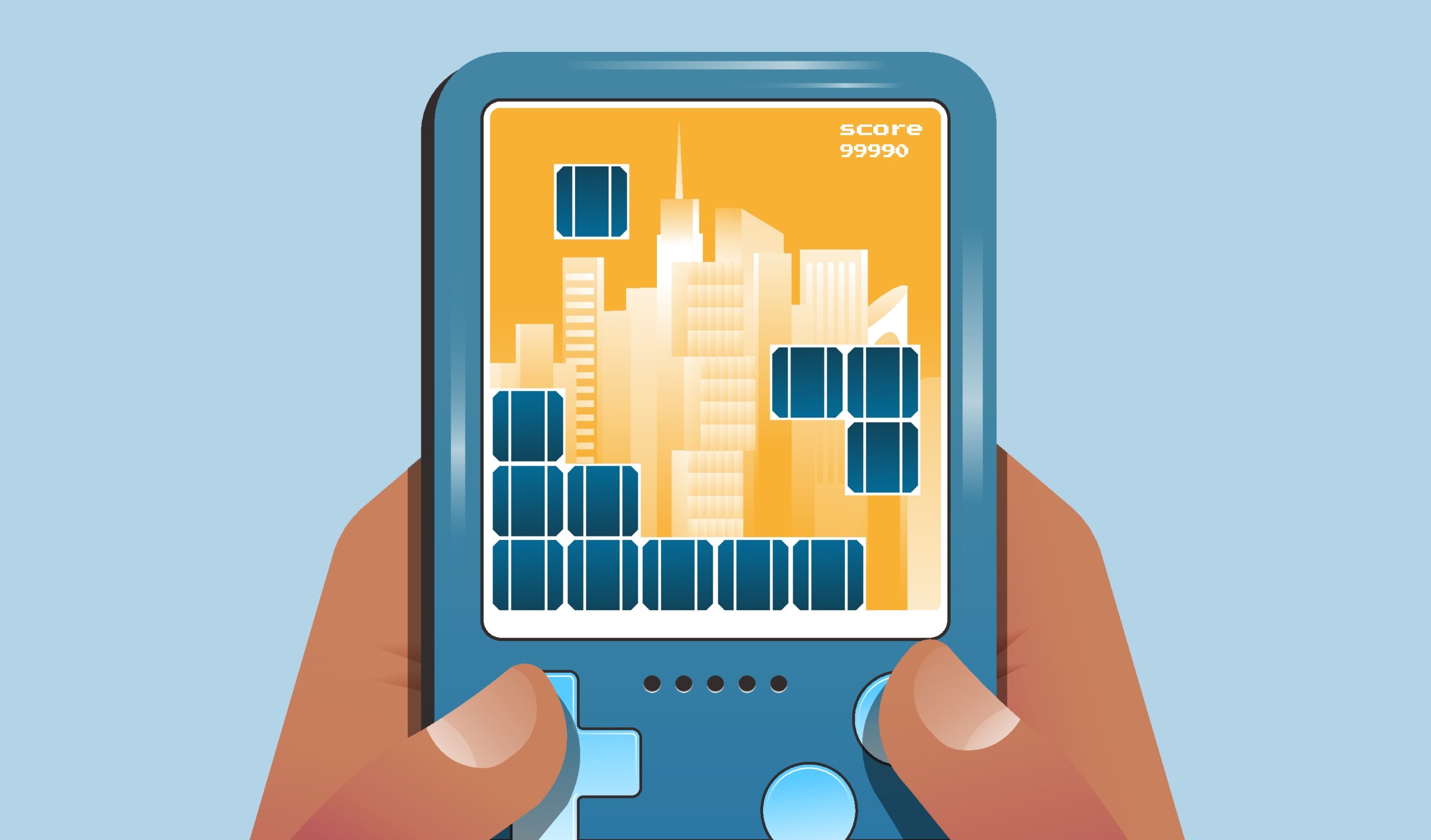With demand response and distributed energy resource management systems (DERMS) programs gaining popularity, it can be challenging to evaluate competing vendors in a rapidly growing market. The demand response and distributed resources markets are expanding with options for how to host and run your device programs. As technology advances and more device types integrate into leading DERMs software, options are expanding for utilities to create and launch their demand response programs. With all this change, how can you choose which option is the best fit for your utility?
Two Models For Demand Response Programs
There are two main models for demand response program management. The first model is to outsource management through a Grid-Edge DERMS technology vendor. In this model, utilities select a vendor to hand off program goals, objectives, and parameters. The DERMS vendor then executes a program and reports back performance metrics and event data to the utility.
The second possibility is a SaaS solution model which allows utilities to create, run, and modify their demand response programs in-house. This model requires vendor selection of capabilities and integration options, and then working with the vendor’s implementation and support teams to launch and execute your program in-house. This model includes learning how to manage and own every aspect of the program itself within a department in your utility, such as energy advisor teams or conservation and energy management.
The Value of Demand Response
Customer interest remains high in demand response programs. For example, a recent study on midwestern Americans found that demand response enrollment and participation rates are affected by incentive levels. In specific, the study found that the higher the financial incentives, the more likely customers were to enroll and participate. Interestingly, the same study found that 63% of survey respondents stated that they were willing to enroll and participate in demand response before hearing the possible incentives, which indicates that the lower the incentive, the less likely someone is to participate.
In 2021, around 10.5 million customers in the U.S. were enrolled in demand response programs, which led to a total of 984.13 GWh in total electricity conserved. These figures indicates not only customer interest in enrollment but a commitment that led to significant energy conservation savings. Combined with the increased market growth of demand response, as well as the continued adoption of distributed energy resource (DER) technologies from solar to electric vehicles (EVs) and beyond, the potential for demand response continues to increase.
To Outsource Your DR Program Management to a Vendor or Not
Because the scale of every utility and demand response program is different depending on the organization, it’s difficult to define average costs. Still, it’s highly dependent on factors including device type, which vary on average by vendor. For example, program managers are tasked with determining the device types that they want to be included in their enrollment, which is further broken down by the requirements of the original equipment manufacturer (OEM), as each has different fees associated with their product.
Beyond that, factoring in operational costs and incentives further encumbers any budget for utility program managers. So while identifying the specific costs is too varied to pinpoint, it is worth noting that there are numerous factors involved in the cost to manage a program. With that information in mind, let’s look at how outsourcing your program management may further impact your budgetary restraints.
The Benefits of Outsourcing
First, let’s look at the potential of outsourcing your demand response program. In addition to minimizing the production hours involved in running any program, outsourcing decreases the need for further internal resources, albeit at a cost. Through outsourcing, vendors:
- Can save time – Vendors can do much of the heavy lifting in your programs, from handling enrollment to calling events, processing incentives, and reporting on program performance.
- Only need a surface-level knowledge of the tool, as well as an overview of your internal program goals.
- Don’t need staffing dedicated to the programs. Saves both time and education. Default to experts so you don’t need to create the expertise in-house.
The trade-off, of course, is that your utility is ceding control to a third-party vendor. Likewise, the costs involved with outsourcing may include unanticipated fees that may cover everything from reliability concerns to an ever-evolving tech landscape.
The Benefits of Running Your Demand Response Program
As mentioned above, working with third-party vendors means that your utility loses control of your programs by trusting someone else to accomplish your goals. Suppose there is an error from the third-party vendor: who will your customers hold accountable? Concurrently, ceding control to third-party vendors limits the intelligence needed to properly scale your demand response program by minimizing your data points. Let’s look at a few more benefits of keeping your demand response program in-house.
- Again, third-party vendors add a layer of 3rd party complexity between you and your customers
- With increased challenges to energy security and the rise in cybersecurity threats, utilities must take care when sharing homeowner information and ensuring robust data security measures.
- Without programmatic control, utility program managers can’t tweak, shape, and own their programs.
- It’s less nimble and requires ultimate trust in your vendor to execute and troubleshoot your programs.
- Direct customer interfacing and access to all aspects of program control and execution mean you may not even know when issues arise until it’s too late. Monitoring your programs in real-time allows you to respond at the moment that it’s needed most.
- Utility providers lose the opportunity for reporting and program success which is shaped by the vendor, not by program managers. By giving up the functionality of your program to a 3rd party, you’re relying on them to share results and handle issues that arise without your direct involvement in the process or the data.
- Without current and historical data, utilities can’t scale or gather real-time insights into program performance.
Should You Outsource Your DR Program or Run It Internally?
There is no “wrong” answer to this question, only different approaches based on your needs. Ultimately, selecting the right SaaS software to run your own programs allows for the most flexibility, ownership, and organic growth opportunities. While it does take some time and dedicated resources, outsourcing your entire program also requires a dedicated vendor liaison to coordinate program needs and analyze results. The primary difference is that the ability to run your program will provide much more visibility and hands-on opportunities for understanding your customer’s behavior and tailoring your program to fit your specific needs.





